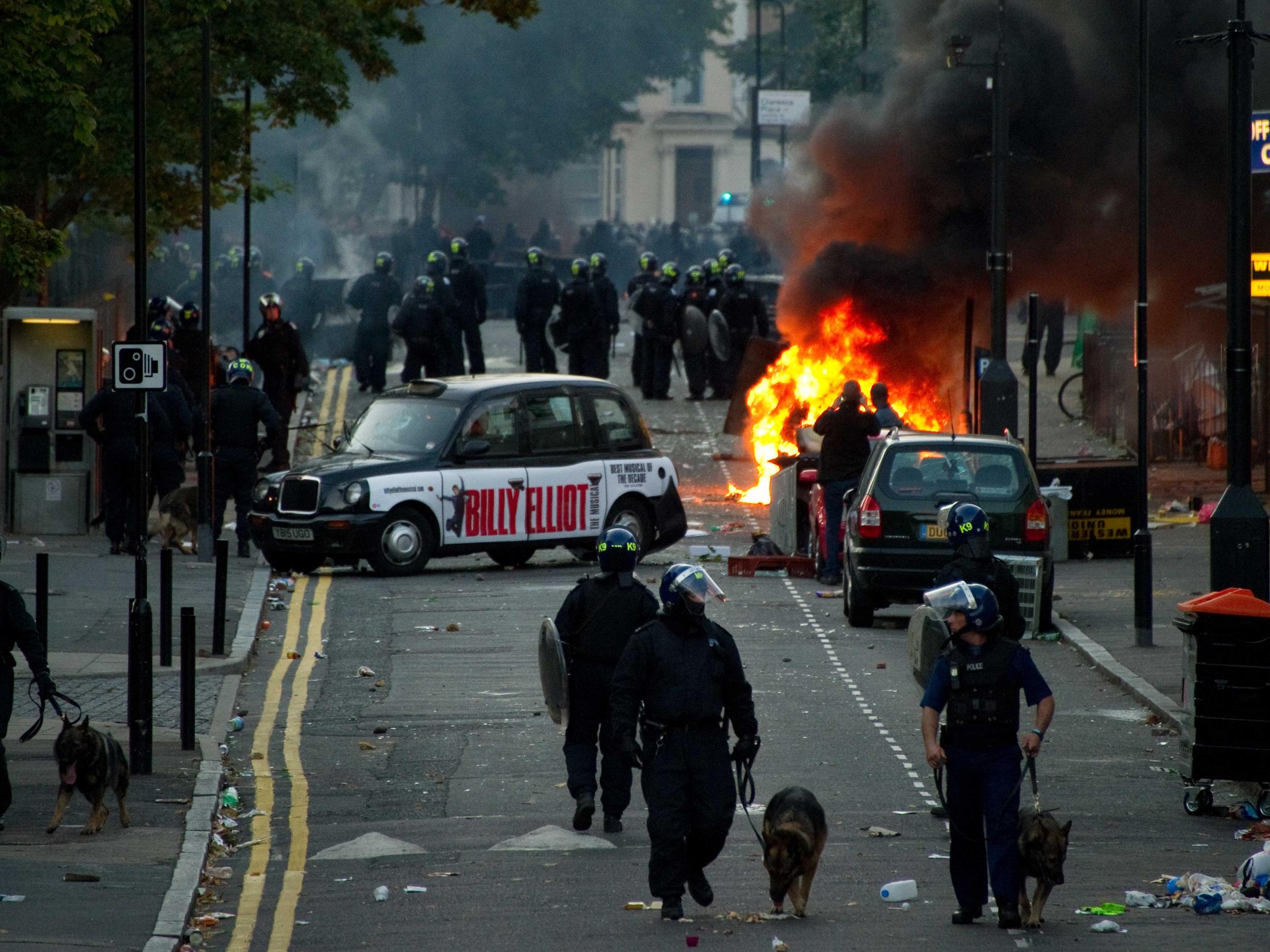Twitter can predict riots faster than police
'Online social media are becoming the go-to place to report observations of everyday occurrences'

Your support helps us to tell the story
From reproductive rights to climate change to Big Tech, The Independent is on the ground when the story is developing. Whether it's investigating the financials of Elon Musk's pro-Trump PAC or producing our latest documentary, 'The A Word', which shines a light on the American women fighting for reproductive rights, we know how important it is to parse out the facts from the messaging.
At such a critical moment in US history, we need reporters on the ground. Your donation allows us to keep sending journalists to speak to both sides of the story.
The Independent is trusted by Americans across the entire political spectrum. And unlike many other quality news outlets, we choose not to lock Americans out of our reporting and analysis with paywalls. We believe quality journalism should be available to everyone, paid for by those who can afford it.
Your support makes all the difference.Twitter can be used to detect dangerous incidents before they’re reported to police, a new study says.
Researchers from Cardiff University used algorithms to analyse 1.6 million tweets related to the London riots that took place in 2011.
They found that, by scanning Twitter, computer systems could have detected trouble in Enfield an hour and 23 minutes before police were alerted to it.
The researchers’ system noted the location the tweets were posted from, as well as the time they were posted at and their content.
The data helped them to quickly pinpoint where events were going on and to predict where further incidents could potentially take place.
According to the findings, people are increasingly using social media sites as their first ports of call for reporting incidents.
“In this research, we show that online social media are becoming the go-to place to report observations of everyday occurrences – including social disorder and terrestrial criminal activity,” said Pete Burnap, a co-author of the study.
However, the researchers stressed that such systems are better suited to detect large-scale disorder rather than minor incidents, and would “never” be used to replace traditional policing systems.
“We will never replace traditional policing resource on the ground but we have demonstrated that this research could augment existing intelligence gathering and draw on new technologies to support more established policing methods.”
Police in Durham have been using an artificial intelligence system called the Harm Assessment Risk Tool to determine whether a suspect should be kept in custody or released on bail.
It has been tested on data collected from 2008 to 2012, and is set to be used in an "advisory" capacity in the future.
Join our commenting forum
Join thought-provoking conversations, follow other Independent readers and see their replies
Comments